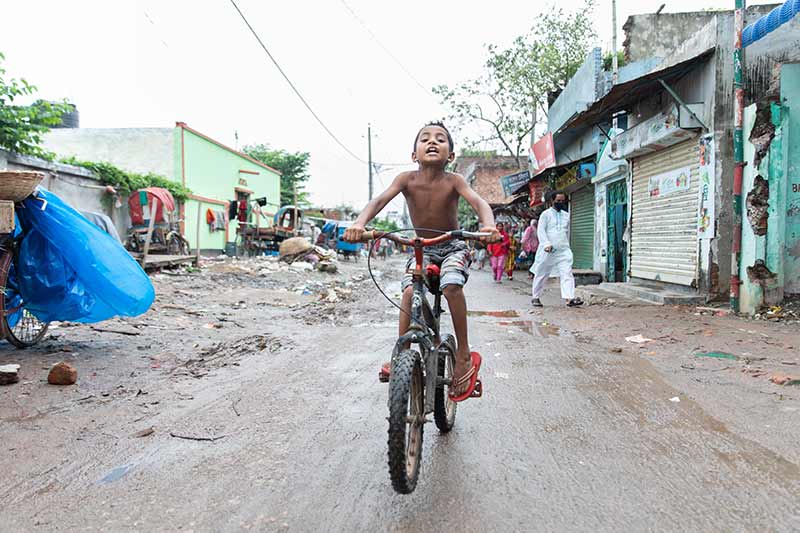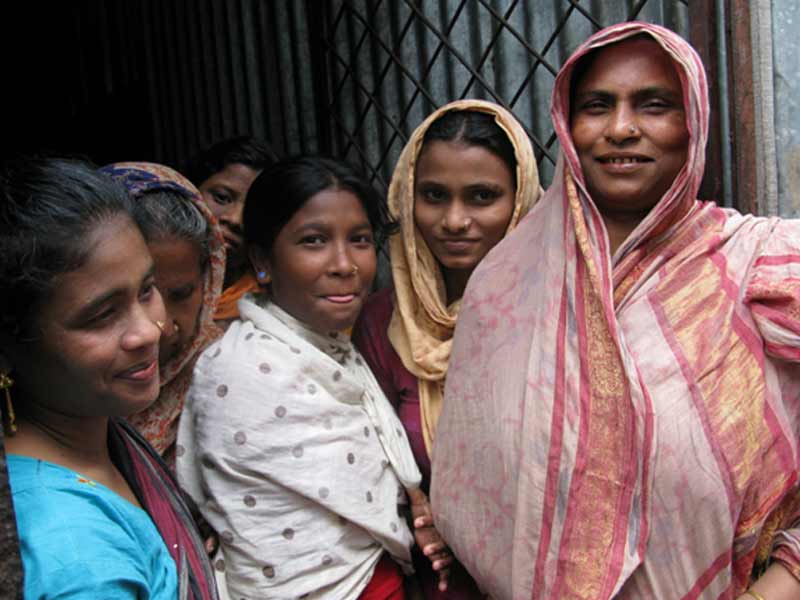Should the Future of Urban Nutrition Include Urban Agriculture?
Traditionally, a discussion of food insecurity
has focused on rural areas. More and more, however, the issue is migrating to
an urban setting.
Consider Asia, where urban population growth
since 2000 has been greater than the size of North America’s urban population
in total. Asia is now home to a larger urban population than all other
continents put together. This migration has meant the rise of urban food
insecurity and malnutrition. Today, nearly a quarter of Asia’s urban population
is food insecure.
In response to this problem, a potential
solution is emerging – urban agriculture.
This means everything from individual
households plots – “backyard
farming,” as it has been called – and community gardens feeding
neighborhoods, to full-time commercial operations supplying markets and
restaurants.
But what does urban agriculture mean for
urban food security? Will the future of urban nutrition include urban agriculture?
Must it?
Urban agriculture means healthier people
Often, people living in cities, particularly
in the poorest neighborhoods, lack access to fresh produce and other nutritious
foods. Sometimes they live in food deserts, where not enough food is available,
and other times, food swamps, where only unhealthy food is accessible.
Urban agriculture addresses both of
these issues, increasing the total amount of food
available, and its quality. In fact, studies
show that households in areas where urban farming is practiced have greater
food security, eat more meals, and maintain a more balanced diet year-round.
Urban agriculture means more resilient food systems
Most urban populations rely predominantly
on external sources for food, importing supplies from surrounding rural areas
and international producers. This makes them vulnerable to supply chain disruptions,
in effect, putting urban food supplies at the mercy of political environments,
oil prices, and global shocks.
Just look to the shock of COVID as a
telling example. As countries closed borders and went into lockdowns, urban
food supplies were decimated in many places, causing food insecurity to spike. Indeed,
over 450 million more
people around the world were food insecure in 2020 compared with 2019.
Urban agriculture helps reduce the risk
and impacts of disruption by shortening food supply chains, making cities more self-sufficient,
and more resilient.
The future of urban agriculture
Here is the good news: in many low- and
middle-income countries where food insecurity is greatest, particularly in the
Asia-Pacific region, urban agriculture already exists as an “ingrained
component of local
cultural practices” – it is not new; it is merely a matter of
scaling things up.
To pursue this scaling up and realize the
full potential of urban agriculture to address food insecurity, governments
must invest in sanitation and water quality, as well as address the legality
and promotion of urban agriculture with concrete policy.
With 68% of the world’s
population expected to live in cities by 2050, and extreme weather events related
to climate change on
the rise, urban agriculture will become only more critical in ensuring
food security.
Simply, the future of urban nutrition must
include urban agriculture.



